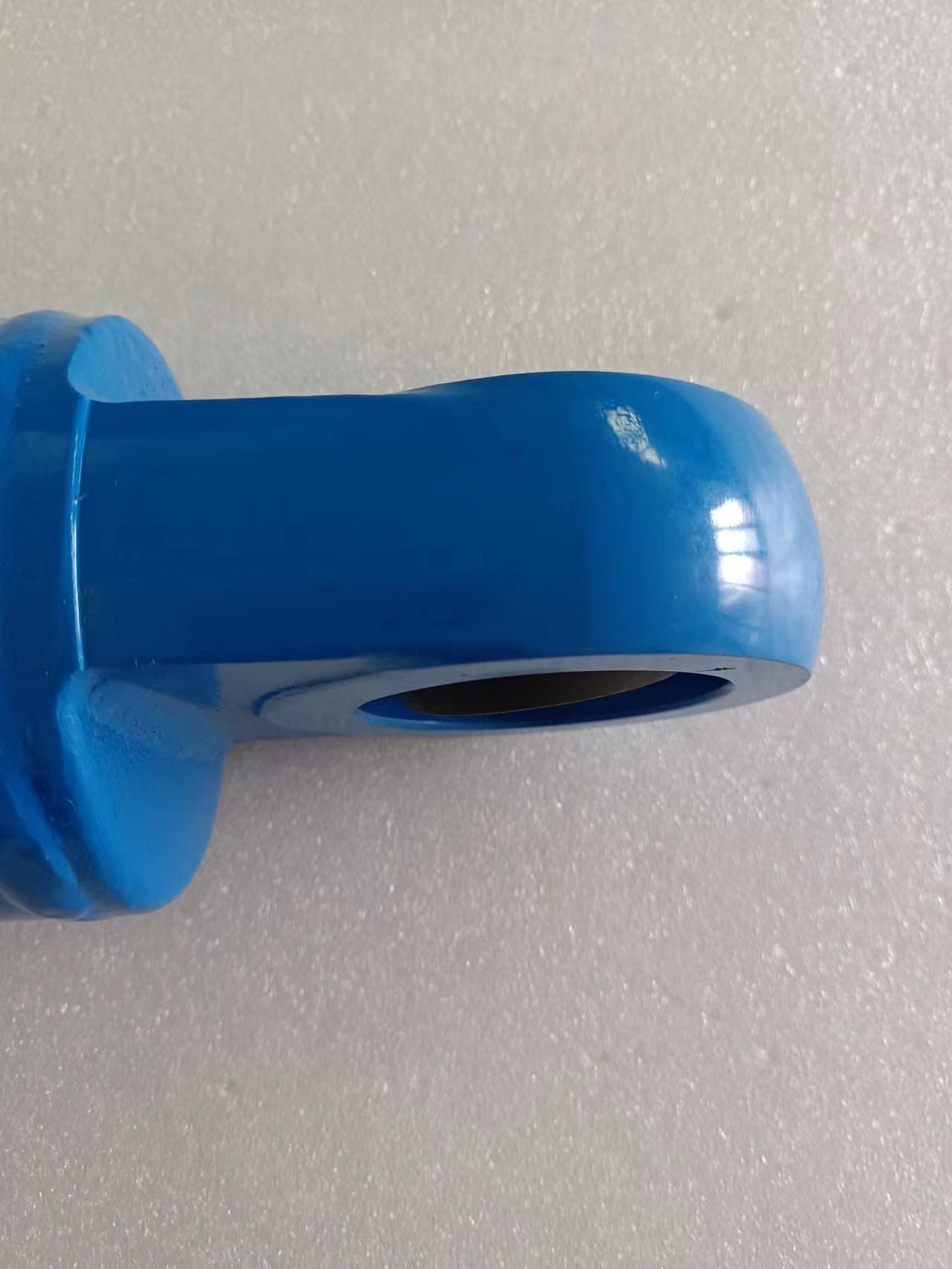Dec . 07, 2024 16:39 Back to list
china honed tube for hydraulic cylinder
Honed Tube for Hydraulic Cylinder An Essential Component in Modern Hydraulic Systems
Honed tubes have emerged as a crucial element in the construction of hydraulic cylinders, serving various industries, from manufacturing to construction and beyond. In essence, a honed tube is a precision-engineered pipe that has undergone a honing process to create a smooth and accurate interior surface. The demand for high-quality honed tubes has surged in recent years, particularly in China, where manufacturers have honed their methods to produce sophisticated hydraulic components that meet global standards.
Understanding the Honing Process
The honing process involves using abrasive materials to remove imperfections from the surface of a tube. This finishing technique not only enhances the surface smoothness but also ensures strict tolerances in diameter and straightness. The result is a tube that displays minimal friction, improved wear resistance, and excellent overall performance when used in hydraulic systems. The honing process plays a pivotal role in the lifecycle of hydraulic cylinders, as it directly affects their efficiency and longevity.
Applications of Honed Tubes
Honed tubes are predominantly employed in hydraulic cylinders that are crucial for various machines and equipment. In construction and earth-moving machinery, such as excavators and bulldozers, hydraulic cylinders facilitate lifting, pushing, and digging operations. Similarly, in manufacturing, honed tubes are integral to machines that require precise movement and force.
For instance, in automotive manufacturing, hydraulic cylinders powered by honed tubes are essential for assembly lines where they provide the force necessary to manipulate heavy parts. Additionally, in the field of aerospace, honed tubes are used in hydraulic systems that must endure extreme conditions, showcasing the versatility and reliability of these components.
The Advantages of Honed Tubes
china honed tube for hydraulic cylinder

One of the primary advantages of using honed tubes in hydraulic systems is the significant reduction in fluid leakage. An accurately honed internal surface allows for better sealing with piston rings and other sealing elements, thus minimizing the chances of oil leaks. This not only leads to more efficient operation but also reduces maintenance costs associated with hydrocarbon spills and environmental compliance.
Moreover, the smooth interior of honed tubes leads to lower friction between moving parts, thereby enhancing the overall efficiency of hydraulic systems
. This efficient operation translates into less power consumption, resulting in cost savings and reducing the carbon footprint of machinery.Quality Assurance and Standards in China
As the global hub for manufacturing, China's honed tube industry has been making strides in producing high-quality hydraulic components. Manufacturers are increasingly adopting international standards such as ISO 9001 and ASME, showcasing a commitment to quality assurance. Rigorous testing protocols, including hydraulic testing and dimensional inspections, ensure that each honed tube meets the specified criteria.
Moreover, with advancements in technology, Chinese manufacturers are also investing in innovative production methods, including computer-controlled honing machines that increase precision and decrease lead times. These improvements not only enhance product quality but also provide competitive pricing in the global market.
Conclusion
In summary, honed tubes for hydraulic cylinders are indispensable components that facilitate the smooth operation of various machinery across diverse industries. The honing process enhances the performance and durability of these tubes, making them preferable for applications requiring high precision and reliability. With China at the forefront of honed tube production, industries worldwide can benefit from the high standards and innovative practices employed by manufacturers. As the demand for efficient and reliable hydraulic systems continues to grow, the importance of honed tubes will undoubtedly remain a critical focus for future advancements in hydraulic technology.
-
Fork Lift Power Units - Hebei Shenghan | Efficiency, Reliability
NewsJul.13,2025
-
1.5-Ton Turbocharged Cylinder-Hebei Shenghan|Hydraulic Solution,Energy Efficiency
NewsJul.13,2025
-
Auto Hoist Power Units-Hebei Shenghan|Efficiency&Industrial Lifting
NewsJul.13,2025
-
Double Acting Power Units-Hebei Shenghan|Hydraulic Solutions,Industrial Efficiency
NewsJul.13,2025
-
1.5 Ton Lifting Cylinder 70/82-40-290-535 - High-Performance Hydraulic Solution | Hebei Shenghan
NewsJul.13,2025
-
Fork Lift Power Units - Hebei Shenghan | Efficiency&Reliability
NewsJul.13,2025
